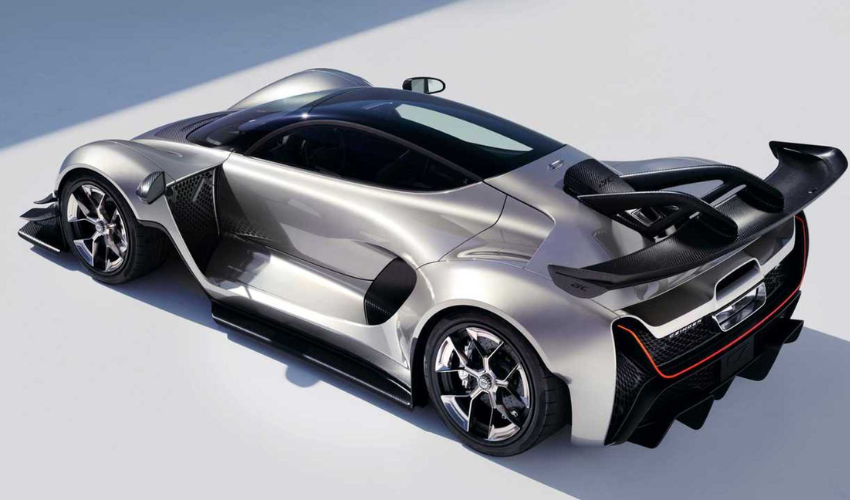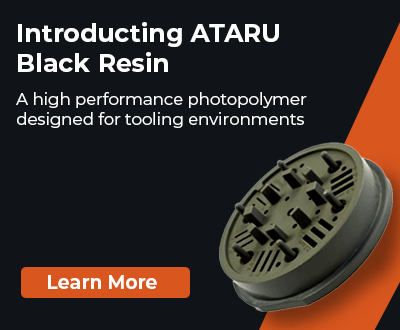Czinger’s 21C V MAX Turns 3D Printing into Hypercar Identity

Hypercars are often defined by their speed, styling, and scarcity. Czinger recently announced the unveiling of its 21C V MAX, showcasing how 3D printing can be just as central to a vehicle’s identity. The specific Liquid Silver finish is more than a design choice for the car, rather, it is a tribute to the aluminum alloys that form the car’s Bio-Logic 3D printed substructures. The car’s overall design and foundation sets the Czinger 21C apart in a crowded field of performance machines, especially with hypercars.
Most automakers typically rely on incremental upgrades and wind-tunnel sculpting to produce the next iteration of their flagship models. However, Czinger has taken a different route, utilizing additive manufacturing to lighten the chassis and reduce overall waste. The 21C’s lattice-like substructures display an engineering philosophy of sorts, that strength, weight, and form can be digitally optimized together and then made real through 3D printing. In this way, the V MAX is not simply a long-tail variant of Czinger’s 21C model, but a rolling argument for how cars should be built in the future.

The emphasis on 3D printing within the V MAX showcases a shift with how automotive designs are visualized. Most 3D printed parts are often hidden beneath carbon fiber panels, yet this new design celebrates them as an aesthetic choice, highlighted by its reflective silver finish. It showcases a shift from viewing additive manufacturing as a behind-the-scenes process to recognizing it as a core brand language. Czinger uses this new model not only as a way to sell performance but also show the story of how radical production methods can shape speed machines with a precision that traditional casting and machining cannot match.
With growing trends to promote more sustainable and efficient design, 3D printing serves as the new model’s greatest strength. The use of materials are intentional, and waste is minimized given the precision of the design. Latticed structures can be strong where necessary and hollow where possible, reducing both weight and resource demand. For the hypercar sector, where every gram matters and every curve carries meaning, this precision aligns art with engineering in a way that feels almost inevitable.

The Czinger 21C V MAX model is more than a tribute to alloys or aerodynamics, but rather, it serves as a case study on how manufacturing technologies can redefine luxury and performance. By building its identity around 3D printed structures, Czinger is positioning additive manufacturing not as a tool in the background but as a defining force in the future of automotive design.
How do you feel about this new design? Let us know in a comment below or on our LinkedIn or Facebook pages! Plus, don’t forget to sign up for our free weekly Newsletter to get the latest 3D printing news straight to your inbox. You can also find all our videos on our YouTube channel. If you are interested in more 3D printing news in the automotive and transportation sector, visit our dedicated page HERE.
*All Photo Credits: Czinger







